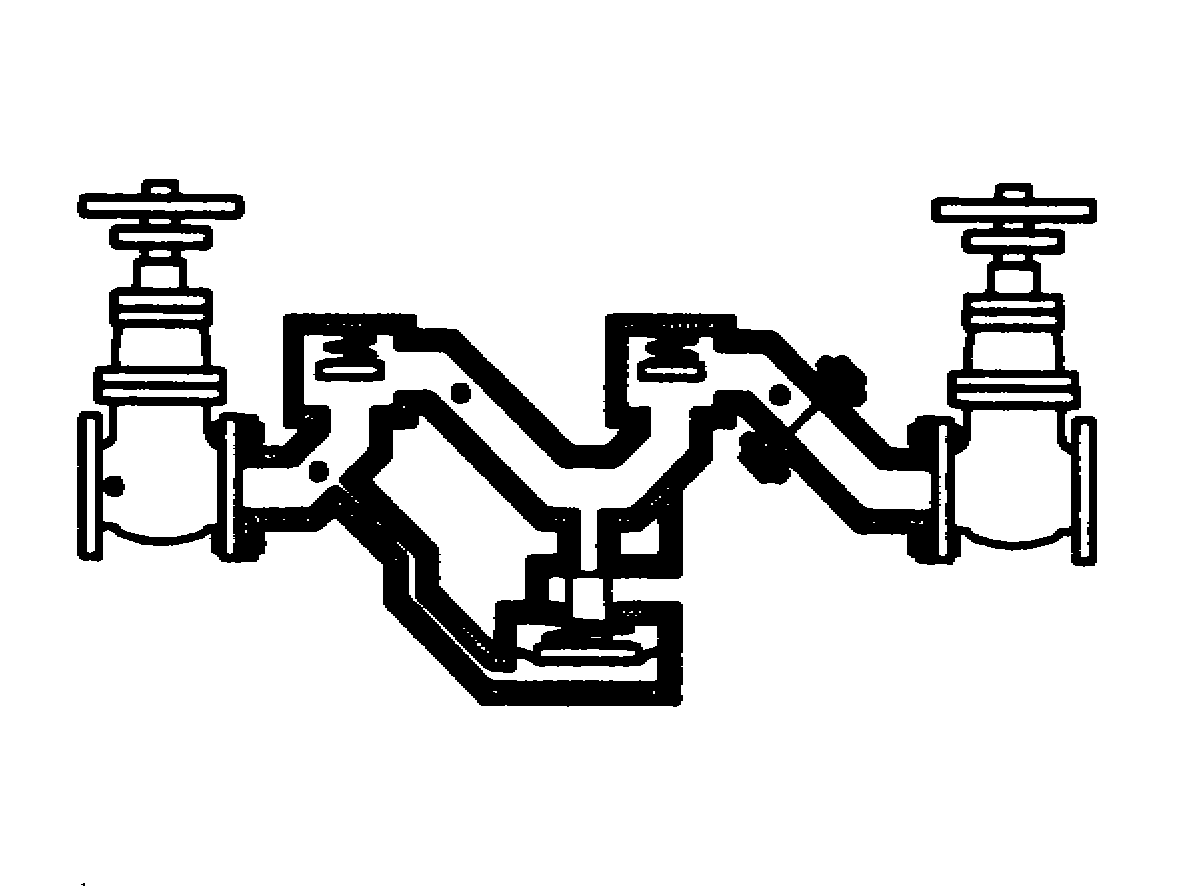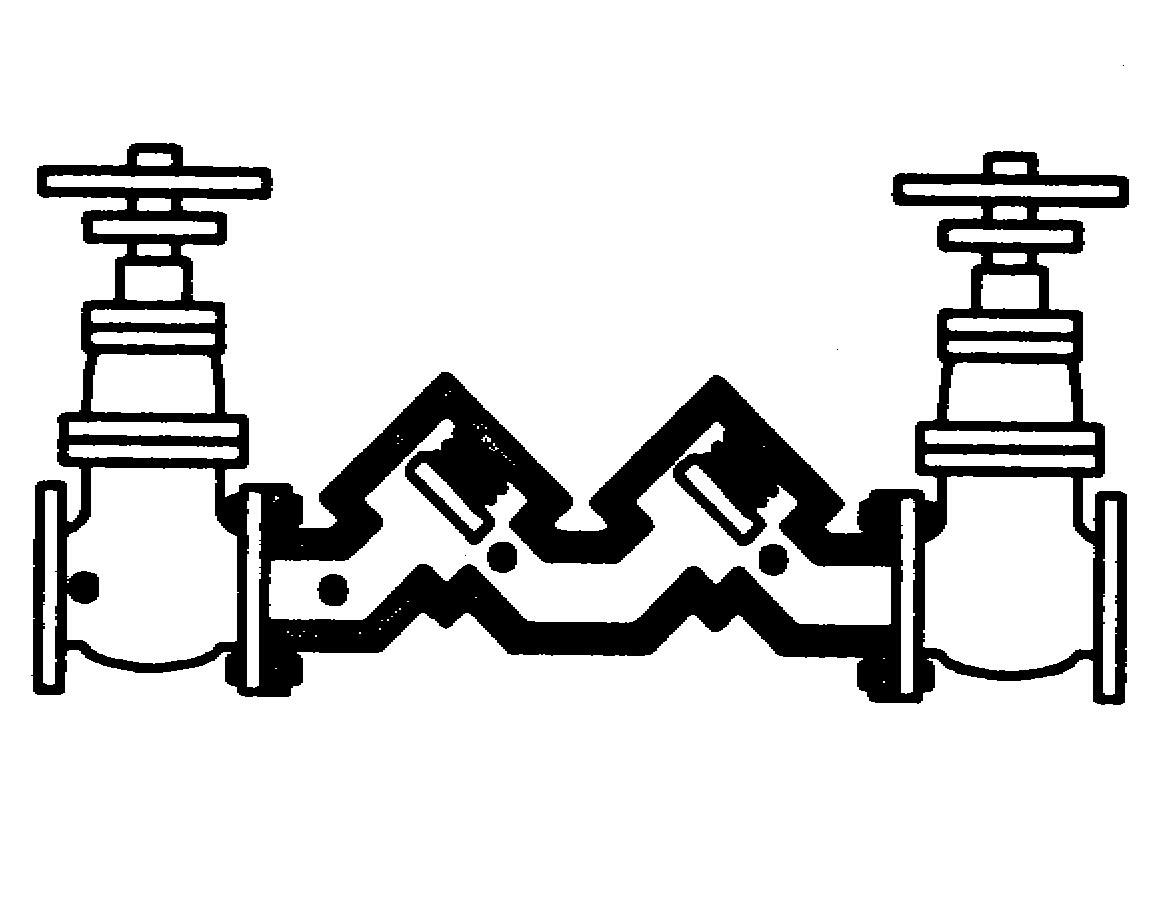What Is A Backflow? Common Questions Answered.
QUESTION: What is a backflow preventer?
ANSWER: A backflow preventer is a means or mechanism to prevent backflow. The basic means of preventing backflow is an air gap, which either eliminates a cross-connection or provides a barrier to backflow. The basic mechanism for preventing backflow is a mechanical backflow preventer, which provides a physical barrier to backflow. The principal types of mechanical backflow preventer are the reduced-pressure principle assembly, the pressure vacuum breaker assembly, and the double check valve assembly. A secondary type of mechanical backflow preventer is the residential dual check valve.
| QUESTION: What is an air gap? ANSWER: An air gap is a vertical, physical separation between the end of a water supply outlet and the flood-level rim of a receiving vessel. This separation must be at least twice the diameter of the water supply outlet and never less than one inch. An air gap is considered the maximum protection available against backpressure backflow or backsiphonage but is not always practical and can easily be bypassed. |

QUESTION: What is a reduced principle assembly (RP)?
ANSWER: An RP is a mechanical backflow preventer that consists of two independently acting, spring-loaded check valves with a hydraulically operating, mechanically independent, spring-loaded pressure differential relief valve between the check valves and below the first check valve. It includes shutoff valves at each end of the assembly and is equipped with test cocks. An RP is effective against backpressure backflow and backsiphonage and may be used to isolate health or nonhealth hazards.

| QUESTION: What is a pressure vacuum breaker assembly (PVB)? ANSWER: A PVB is a mechanical backflow preventer that consists of an independently acting, spring-loaded check valve and an independently acting, spring-loaded, air inlet valve on the discharge side of the check valve. It includes shutoff valves at each end of the assembly and is equipped with test cocks. A PVB may be used to isolate health or nonhealth hazards but is effective against backsiphonage only. |

| QUESTION: What is a double check valve assembly (DC)? ANSWER: A DC is a mechanical backflow preventer that consists of two independently acting, spring-loaded check valves. It includes shutoff valves at each end of the assembly and is equipped with test cocks. A DC is effective against backpressure backflow and backsiphonage but should be used to isolate only nonhealth hazards. |

QUESTION: What is a residential dual check valve (rdc)?
ANSWER: A rdc is similar to a DC in that it is a mechanical backflow preventer consisting of two independently acting, spring-loaded check valves. However, it usually does not include shutoff valves, mar or may not be equipped with test cocks or ports, and is generally less reliable than a DC. A rdc is effective against backpressure backflow and backsiphonage but should be used to isolate only nonhealth hazards and is intended for use only in water service connections to single-family homes.
.
QUESTION: Why do backflow preventers have to be tested periodically?
ANSWER: Mechanical backflow preventers have internal seals, springs, and moving parts that are subject to fouling, wear, or fatigue. Also, mechanical backflow preventers and air gaps can be bypassed. Therefore, all backflow preventers have to be tested periodically to ensure that they are functioning properly. A visual check of air gaps is sufficient, but mechanical backflow preventers have to be tested with properly calibrated gauge equipment.
.
QUESTION: Where can I get more information about cross-connection control?
ANSWER: One excellent reference manual is the second (1990) edition of the American Water Works Association’s (AWWA’s) Manual M14, Recommended Practice for Backflow Prevention and Cross-Connection Control, which is available from the AWWA Bookstore; 6666 West Quincy Avenue; Denver, Colorado 80235; 800/926-7337; http://www.awwa.org. Another excellent reference manual is the ninth (1993) edition of the University of Southern California’s Manual of Cross-Connection Control, which is available from the Foundation for Cross- Connection Control and Hydraulic Research; University of Southern California; KAP-200 University Park MC-2531; Los Angeles, California 90089-2531; 213/740-2032;
http://www.usc.edu/dept/fccchr.
Information from Florida Department of Environmental Protection Graphics from NoBackflow.com
.

